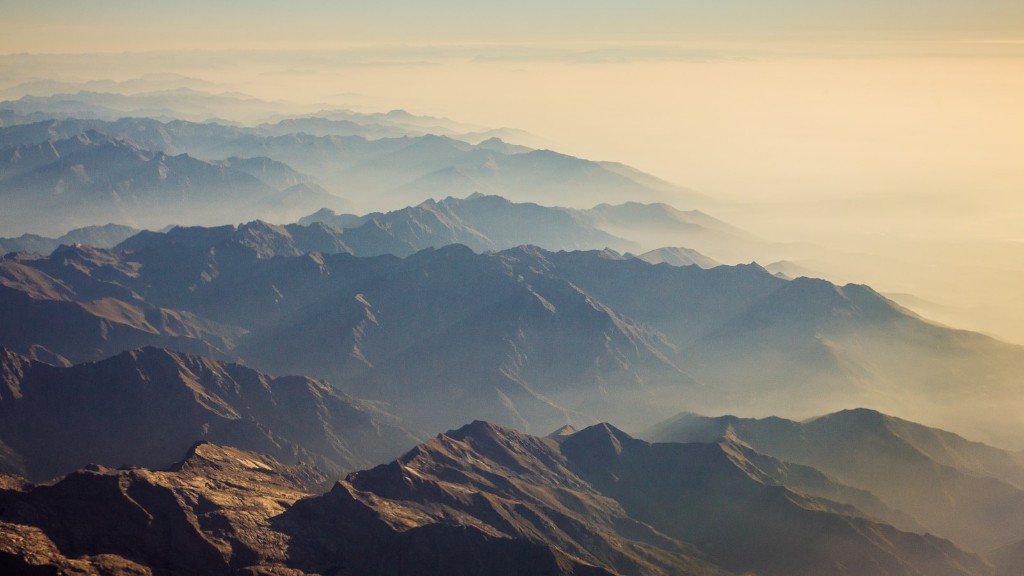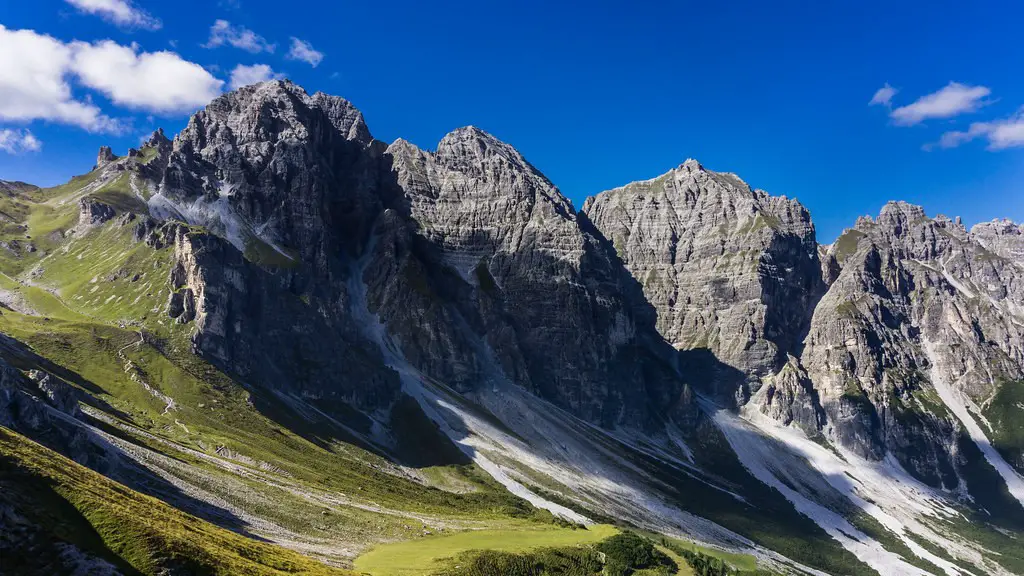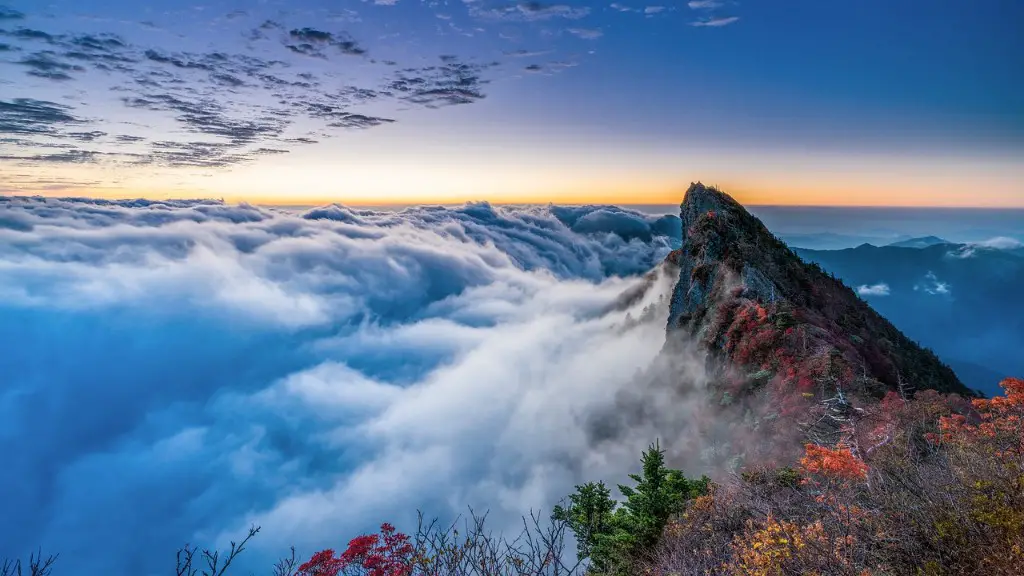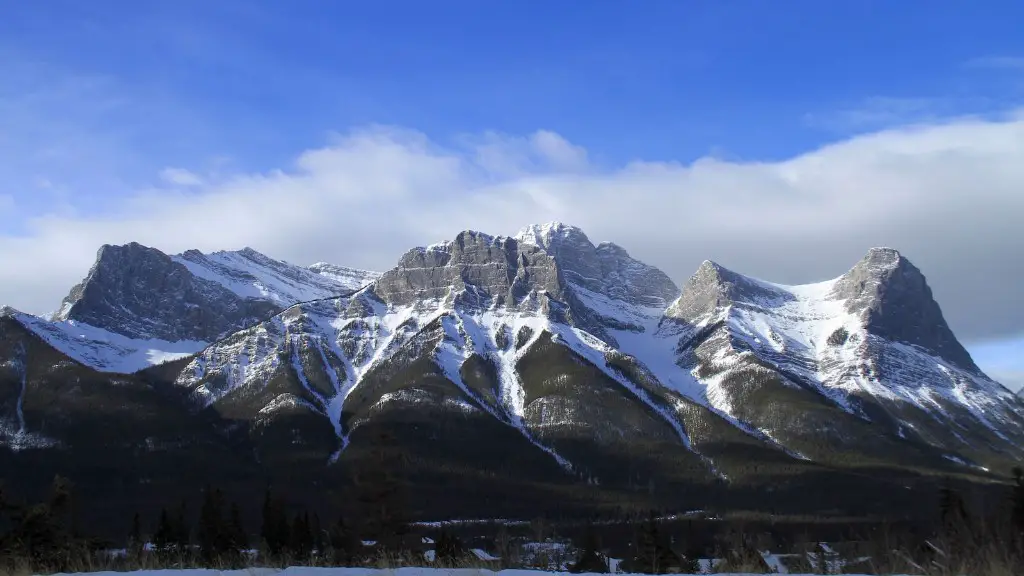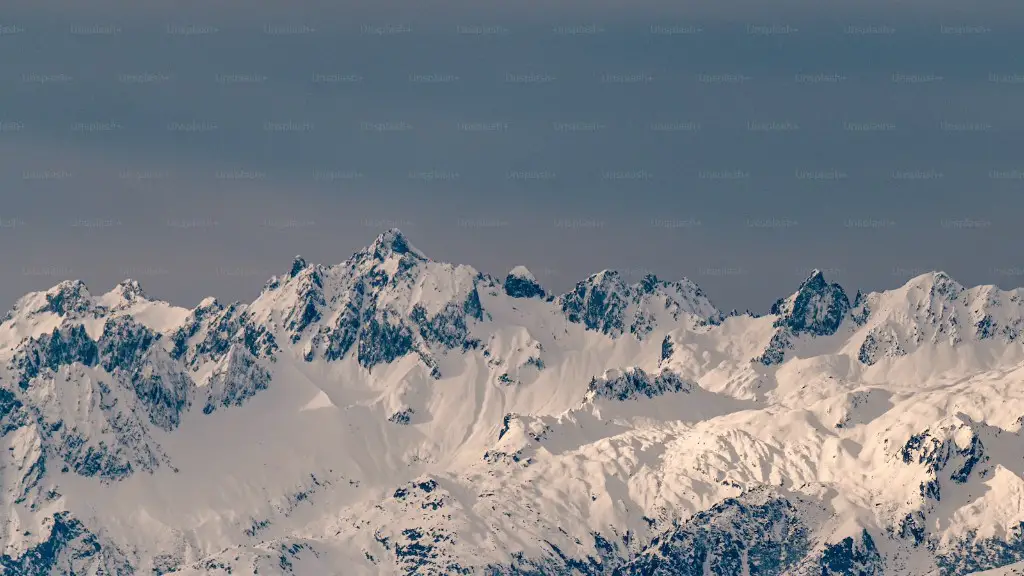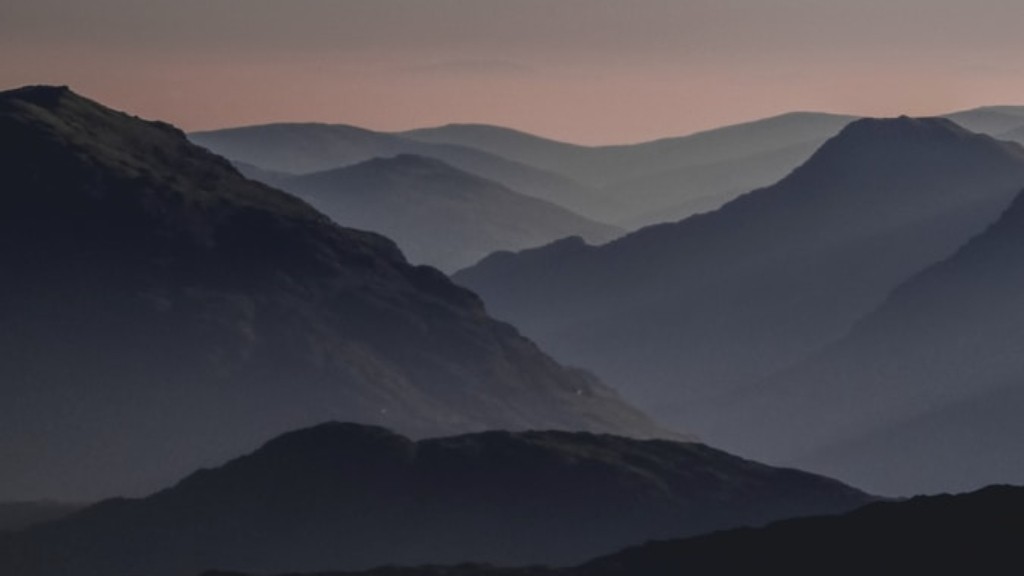In order to climb Mount Everest, you must first obtain a permit from the Nepalese government. Once you have a permit, you must choose a route to the summit. There are many different routes that you can take, but the most popular route is the South Col route. This route starts at the Nepalese village of Lukla and then proceeds up the Khumbu Icefall to the South Col. From the South Col, you will then climb to the summit of Mount Everest.
There are various ways to climb Mount Everest, but the most common approach is to trek to Base Camp, which is located at an elevation of around 5,300 meters (17,500 feet). From Base Camp, climbers typically make their way up to Camp II, located at an elevation of around 6,400 meters (21,000 feet). From Camp II, they typically make their way up to Camp III, located at an elevation of around 7,400 meters (24,000 feet). From Camp III, they typically make their way up to the summit, which is located at an elevation of around 8,850 meters (29,035 feet).
Can a normal person climb Mount Everest?
In order to summit Everest, you must be in excellent physical condition and have previous experience climbing at high altitudes. Most people spend at least a year training to climb the mountain. You should also be comfortable on AD-rated climbs.
The cost of climbing Everest has been increasing over the years, and it is now quite expensive to do so. If you are planning on climbing Everest in 2022, be prepared to spend a significant amount of money on it. The average cost of climbing Everest is now around $45,000, but it can range from $30,000 to $160,000, depending on the company you use and the route you take.
Can a beginner climb Mount Everest
Reaching the summit of Mount Everest is an amazing feat of physical accomplishment. However, beginners can trek to Everest Base Camp with relative ease. Of course, this doesn’t mean that the trek is easy! If you’re considering this expedition, make sure you’re prepared for the challenge.
There’s no doubt that having attempted the Seven Summits is an impressive feat. But when it comes to mountaineering, this isn’t enough to prepare you for what lies ahead. You need to have good footwork, be able to manage yourself well, and know when it might be time to turn back. Without these skills, you’ll likely find yourself in over your head very quickly.
How cold is it at the top of Everest?
The Mt Everest top sees its coldest temperature from the Mid-December until the Late-January where the average temperature revolves around -37°C(-35°F). Similarly, the average temperature at Everest Base Camp during the winter season is around -17°C(14°F).
The Khumbu Icefall is the most dangerous part of an Everest expedition, even with the extensive systems of ropes and ladders installed each climbing season by the ice doctors. The Icefall is a constant flow of ice and snow, and climbers must use the ropes and ladders to navigate their way through it. Many climbers have been killed or injured in the Icefall, and it is considered the most dangerous part of the Everest expedition.
Who is the youngest person to summit Mt. Everest?
Jordan Romero became the youngest person to summit Mount Everest on June 10, 2010 at the age of 13 years old. He was accompanied by his father Paul Romero and his step-mother Karen Lundgren, and three sherpas, Ang Pasang Sherpa, Lama Dawa Sherpa, and Lama Karma Sherpa.
George Mallory’s body was found in 1999, 75 years after his death in 1924. The cause of death is still unknown, but it is believed that he fell during his attempt to climb Everest. This is an incredible story of perseverance and determination, as Mallory had disappeared before anyone knew if he had achieved his goal.
How much do Sherpas get paid
If you’re interested in becoming a sherpa, you can expect to earn a decent salary. The average sherpa earns $77,410 a year, or $3722 an hour. However, pay can vary greatly depending on experience and employer. The lowest earners make $42,000 a year, while the top 10 percent are paid over $139,000.
The “death zone” on Mount Everest refers to the area above 8,000 meters (26,247 feet), where the air is so thin that it is extremely difficult to breathe. To prepare for this, climbers must give their bodies time to get used to higher altitudes by spending several weeks climbing Mount Everest and stopping to rest every few thousand feet.
How likely is it to survive Mount Everest?
K2 is a notoriously dangerous mountain to climb, with a fatality rate of roughly one in five. The neighbouring Karakoram mountain range is even more deadly, with a success rate of only 355 out of 82 attempts.
The new study confirms just how hardcore the mountain porters are. On average, the men carried nearly 90 percent of their body weight up the mountain. A quarter of them carried more than 125 percent of their own weight. This is an amazing feat and reveals the true strength of these men.
Is it hard to breathe on Mount Everest
It is amazing how much less oxygen there is at the top of Everest. Each breath contains only one-third of the oxygen found at sea level. This means that it can take minutes just to catch your breath. It is important to be careful and not overexert yourself when you are at such high elevations.
In the death zone, climbers’ brains and lungs are starved for oxygen, their risk of heart attack and stroke is increased, and their judgment quickly becomes impaired. This is because the air is so thin in the death zone that it doesn’t contain enough oxygen to sustain human life. Climbers in the death zone are essentially suffocating and their bodies are shutting down. Shaunna Burke, a climber who summited Everest in 2005, told Business Insider that it’s a “very harrowing experience.”
Can you climb Everest in a day?
It takes an incredible amount of strength and endurance to summit Mount Everest in a single day. Lhakpa Sherpa, who has summited the mountain more times than anyone else in the world, knows this better than anyone. In an interview, she said that the most difficult day of the journey is typically the day that climbers attempt to make it to the summit and back to Camp Four. This is because they spend very little time in the death zone, where oxygen is scarce and the conditions are incredibly treacherous. It is an amazing feat of strength and human endurance to be able to complete this journey in such a short amount of time.
Everest Base Camp is one of the most popular adventure treks in the world. The permits to sleep in Everest Base Camp have been granted to our team. This is a great opportunity to experience the unique adventure of sleeping at Everest Base Camp.
What is the warmest Mount Everest has been
Everest is the world’s tallest mountain, and it is also one of the coldest and windiest locations on Earth. The coldest temperature on the summit of Everest was -41ºC (-42F), and the warmest temperature was -16ºC (3F). The highest windspeed ever recorded on Everest was 175mph+, which is equivalent to a Category 5 hurricane. The unique clouds that form on Everest, called banner clouds, are also found on the Matterhorn mountain in Switzerland.
The warmest months, July and August, seem to average around -2°F-0°F (-16°C to -18°C) during the night and perhaps a few degrees above this during the day. This is a great time to be outside enjoying the wonderful summer weather. Just be sure to bring a jacket for those cooler evenings.
Conclusion
There are many different ways to climb Mount Everest, and the method that is used will depend on the person’s individual ability and experience. Some people may choose to use a guide, while others may attempt to climb the mountain on their own. There are also many different routes that can be taken to the summit, and the route that is chosen will again depend on the person’s ability and experience.
To successfully climb Mount Everest, you need a lot of strength, endurance, and courage. The journey is long and difficult, but it is ultimately rewarding. The sense of accomplishment you feel when you reach the summit is unlike any other.
